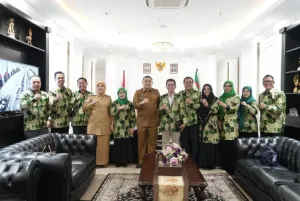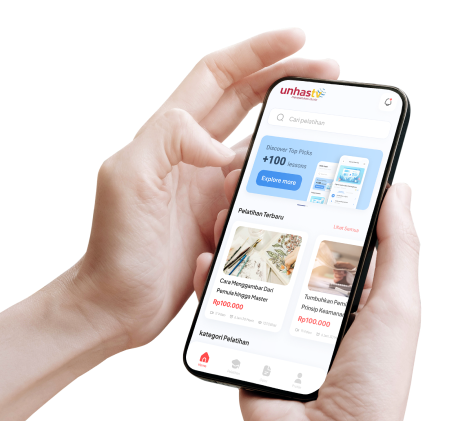UNHAS.TV - In a quiet lab at the Faculty of Dentistry, Hasanuddin University (Unhas), the traditional hum of clinical training has given way to the soft mechanical whir of virtual reality headsets.
Third-year dental students stand in formation, each wearing Meta Quest Pro 3 headsets and holding controllers, their eyes not on plastic manikins, but inside a hyper-realistic digital world.
This is not science fiction. It is the future of dental education — and it's being piloted here in Makassar.
The innovation comes from a cross-university research team led by Prof. Drg. Muhammad Ruslin, Ph.D., an oral surgeon and professor at Unhas. The group is testing an Immersive Reality (IR)-based simulator for dental extraction training, aiming to transform how Indonesian dental students master one of the most critical procedures in their profession.
“Conventional practice often leaves gaps in understanding the nuances of tooth extraction,” Prof. Ruslin explained in an interview. “With IR, students not only see — they feel the procedure. It builds both their technical precision and confidence.”
The study spans three major universities: Hasanuddin University in Makassar, Padjadjaran University in Bandung, and the University of North Sumatra in Medan. It involves 120 students and is officially registered under the Indonesian Clinical Research Registry (INA-QES4CC5).
But this is more than just flashy tech. The simulation walks students through a full clinical protocol — from injecting anesthetics and making incisions to luxation and suturing — all inside a virtual clinical space. The simulator incorporates interactive guidance, sound cues, and real-time feedback designed to mimic real-world challenges.
Each session begins with 10 minutes of faculty-led instruction before transitioning into 50 minutes of self-guided practice. All movements and decisions are tracked, monitored, and later assessed by a research team.
Afterward, participants complete two custom-designed questionnaires — the Immersive Reality Neuroscience Questionnaire (IRNQ) and the Clinical Virtual Evaluation Questionnaire (CVEQ) — measuring effectiveness, comfort, learning experience, and any side effects like cybersickness.
A minimum score of 25 in each category is required for the simulation to be considered both safe and pedagogically viable.
A control group continues using conventional methods — manikins, real patient observation, and instructor demonstration. These traditional approaches, while effective, have long been constrained by inconsistent case availability, faculty shortages, and limited repetition opportunities.
“With IR,” said Prof. Ruslin, “students can repeat procedures endlessly, without risk, and still get immediate feedback. It’s a scalable solution to a very human problem.”
That problem, he adds, is educational inequity. Dental faculties in Indonesia's more remote regions often lack access to sophisticated teaching tools, case diversity, or clinical mentors. IR promises a democratized solution — a future where a student in Jayapura receives the same training quality as one in Jakarta.
Beyond technique, the immersive experience taps into the emotional and psychological dimensions of learning. Research in the field suggests heightened presence in simulations improves not just skill acquisition, but also empathy and long-term retention.
For the students, the experience is both exhilarating and transformative. “I feel like I’m inside a real clinic,” one student said after a session. “I’m more focused, more aware of each step.”
The implications are significant. If proven effective, this model could expand into other medical fields — surgery, anesthesia, even patient communication. Prof. Ruslin envisions a healthcare education system no longer bound by walls or geographic limitations.
“Imagine if surgical or anesthetic training could be done virtually,” he said. “We’d raise a generation of healthcare professionals who are equally prepared — from urban centers to rural clinics.”
The team plans to publish its findings in peer-reviewed international journals by the end of 2025. Though still in pilot phase, the project has generated buzz among academics, educators, and students alike.
For some, it’s the thrill of using cutting-edge tools. For others, it’s the promise of a more inclusive and modern approach to medical training. For Prof. Ruslin, it’s about the long game.
“If this works,” he said, “we won’t just be modernizing dental education. We’ll be building a smarter, fairer, more capable healthcare system — starting with the very people who will lead it.”
The tools may be virtual. But the impact — in classrooms, clinics, and communities — is very real.
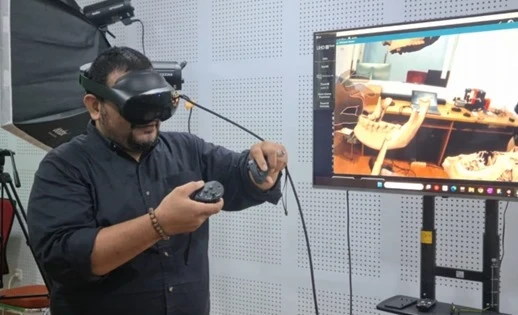
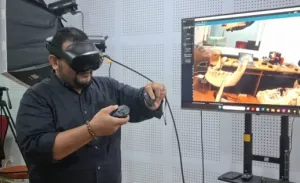
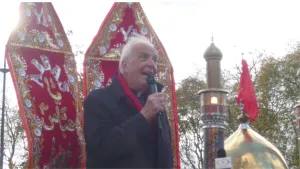


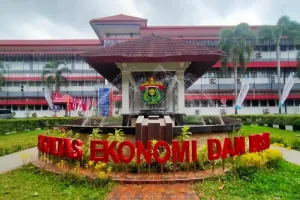
-300x200.webp)

